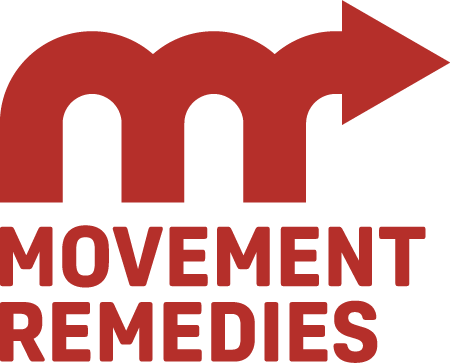Busting the Myths Around Gentle Movement
Gentle movement often gets a bad reputation as the “activity of last resort;” an inferior set of exercises for people who have limited strength or mobility due to recent injury or the effects of ageing. This of course stems from the implied belief that exercise is only “good” or “enough” if we can use words like “burn” or “struggle” or “misery” to describe it. Of course there are benefits of raising the heart rate to a point where cardiovascular conditioning happens. But this doesn’t mean that exercise is only good when this occurs. Emphasising this kind of activity as superior to all others ignores the very tangible mind and body benefits of movement having nothing to do with heart rate or calories burned.
Yoga studios figured this out long ago when they began offering restorative or yin yoga and other gentle approaches. These classes took the elements of a more vigorous yoga class with universal benefit, such as intentional breath, stretching and meditation to down-regulate the nervous system, and made them the focus. I don’t think you would say that practitioners of these more gentle class formats are somehow gaining less from their yoga practice than someone sweating profusely or doing inversions in theirs. Surely the same is true for any kind of gentle movement?
A framework for thinking about movement
Starting next month, I will be offering a chair-based movement class, where everything is done in either seated or standing positions. One might think of these as “gentle movement” classes. Because I am not incorporating resistance or extreme balance challenges, there are many ways in which these classes diverge from a typical Pilates mat or equipment class. However, my programming mindset is the same for every type of movement session, regardless of relative effort:
Spinal movement in all directions: flexion, extension, side bending, and rotation
Safe range of motion in all joints, in all directions
Breathing with intention and to enable exploration
Visualisation that facilitates movement
Where there is less physical load, there will be less muscular effort. so these classes will likely feel less strenuous than my other mat-based classes. However, there may be just as much neurological effort, if not more–depending on the population–because of the ways we will continue to incorporate control, coordination, and memory in the teaching. All of us from middle life onwards can benefit from movements that challenge our mental faculties; catalysing new neural pathways. This is completely separate from the cardiovascular or strength-building benefits that may come from vigorous exercise. Physical activity has generally been shown to prevent or slow cognitive decline as part of the aging process, due to a number of beneficial processes in the body.
How much movement is required for pain?
A few years back, as part of my journey to rewrite my own relationship with movement and my body–outside of the clutches of diet culture–I did a personal experiment to determine the minimum amount of physical activity I needed to feel good in my joints. As someone with chronic low back and hip pain, I already knew with certainty that I needed to move my body in some kind of way to prevent stiffness and discomfort. But, I was shackled to the mindset of striving to do “enough” for so long that I knew my perspective was skewed.
So I took 4 weeks and said, for these 4 weeks, I am going to keep reducing the amount of time I spend on structured physical activity and see at what point the benefits (subjectively defined by me as comfort) stopped. What I found, to my surprise, was that I could invest just 5 minutes every morning and reap the same degree of “feeling good-ness” in my body as I did when moving for 30 minutes or more. This was the learning that completely reshaped my perspective on movement programming for chronic pain. Specifically, I realised that for most people, consistent, small bouts of movement are far more beneficial than one hour a week.
I took this realisation back to my business and started offering the 25-minute Express session, which ended up being the most popular session type–both because it was convenient to schedule and because it was a feasible duration for so many people with chronic conditions as they work to build stamina. And to my surprise, these clients still made progress in strength, balance and mobility week over week, despite the shorter session. While our focused time together might have been short, they were clearly taking the motor learning and muscle awareness developed in session out in the world and experiencing a wide range of benefits as a result. This also meant they had the energy to experiment with other physical activities that they might have shied away from in the past. The results were clear: it was a win-win.
Movement is movement. It is all beneficial.
There is no measuring scale in the sky that deems some types of activity more useful to the human body than others. I would argue that the types of exercises we tend to assign explicitly to older populations (functional movements that are foundational to daily living) are essential for all ages. The best time to preserve cognitive function and joint mobility, increasing the likelihood of independence until late in life, is before your mobility declines, not after. And one hour is just an arbitrary amount of time for exercise. Only you can decide the amount that is right for you, each and every day.
